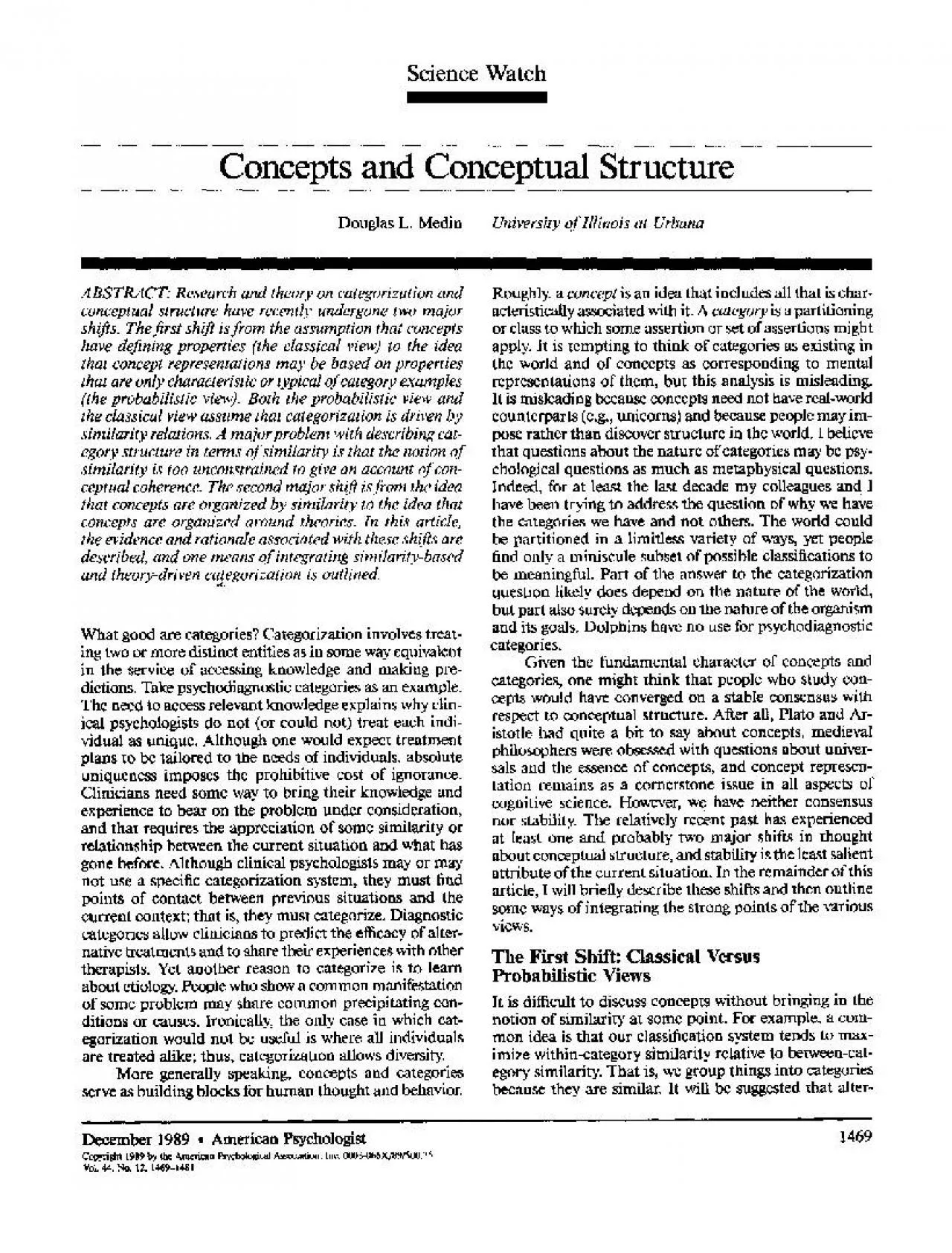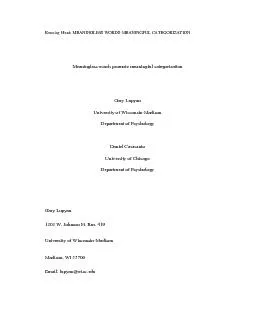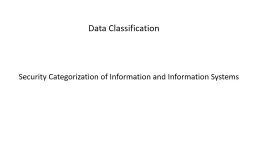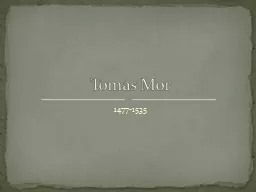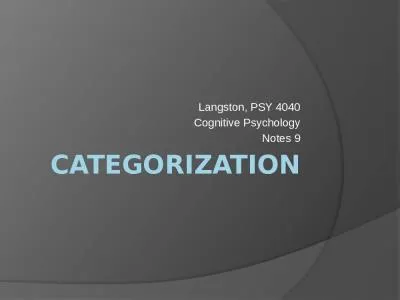PDF-What good are categories Categorization involves treat ing two or mor
Author : margaret | Published Date : 2021-10-11
Roughly a concept is an idea that includes all that is December 1989 American Psychologist 1989 by the American Psychological Association Inc 0003066X890075 Vol
Presentation Embed Code
Download Presentation
Download Presentation The PPT/PDF document "What good are categories Categorization ..." is the property of its rightful owner. Permission is granted to download and print the materials on this website for personal, non-commercial use only, and to display it on your personal computer provided you do not modify the materials and that you retain all copyright notices contained in the materials. By downloading content from our website, you accept the terms of this agreement.
What good are categories Categorization involves treat ing two or mor: Transcript
Download Rules Of Document
"What good are categories Categorization involves treat ing two or mor"The content belongs to its owner. You may download and print it for personal use, without modification, and keep all copyright notices. By downloading, you agree to these terms.
Related Documents

